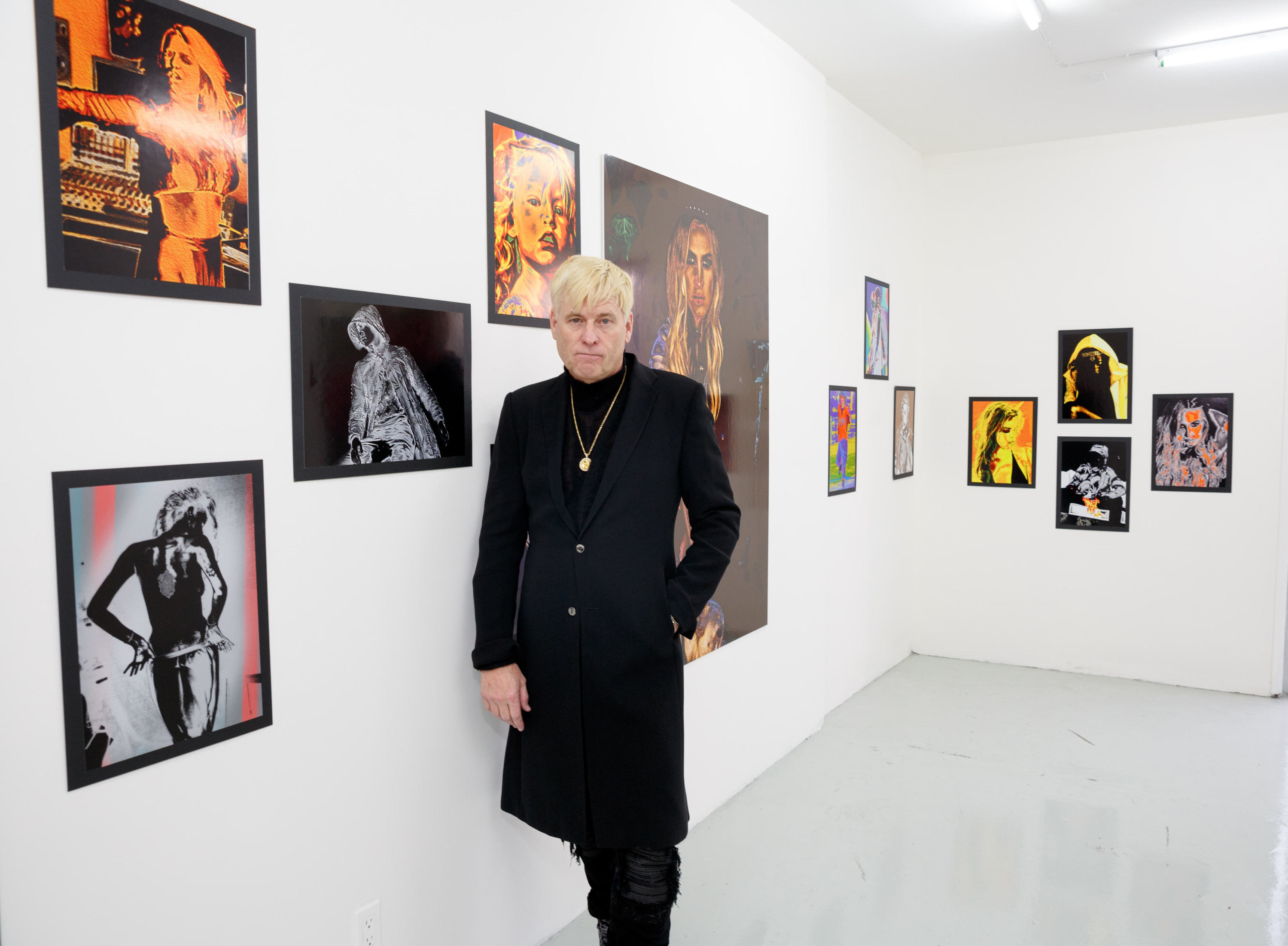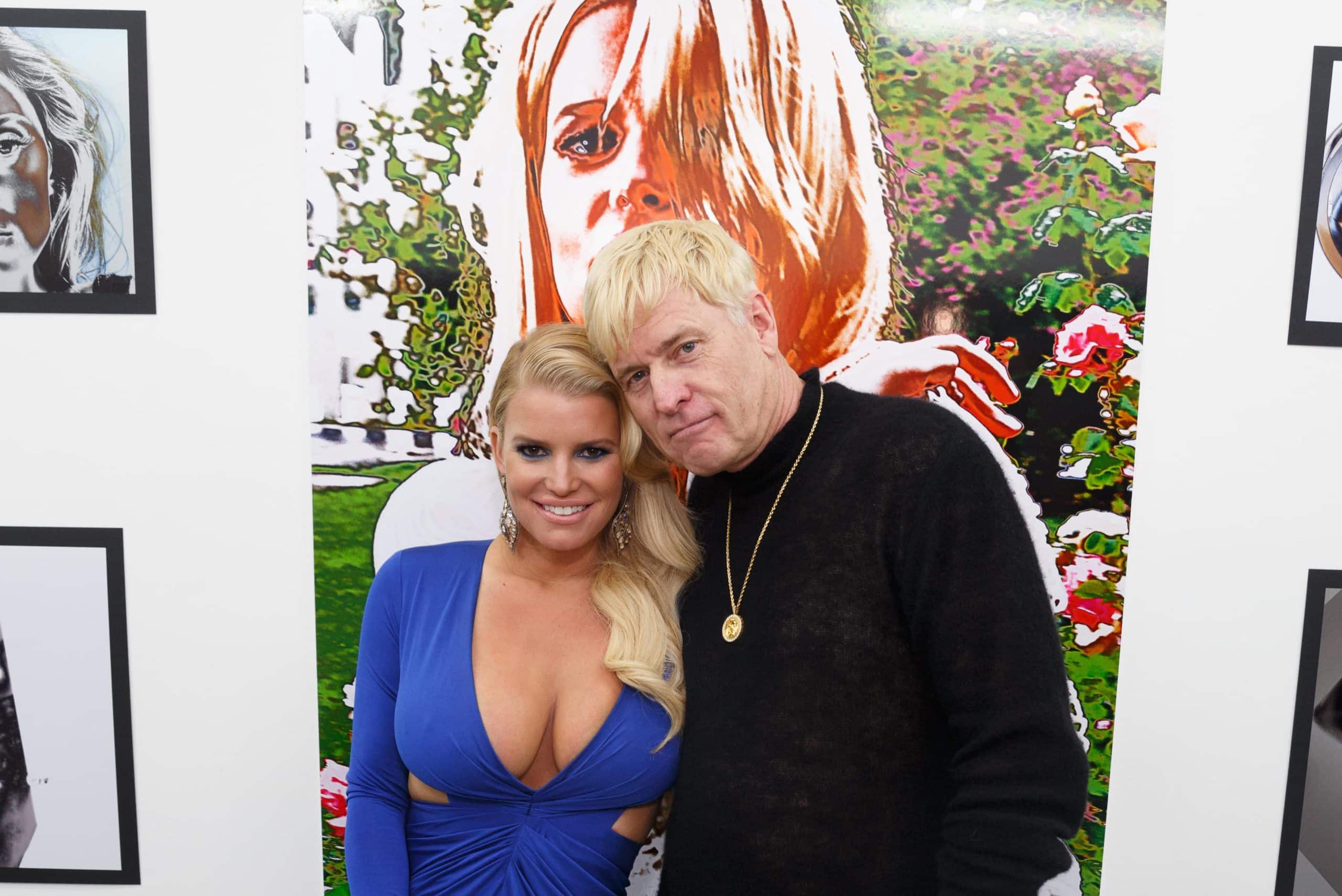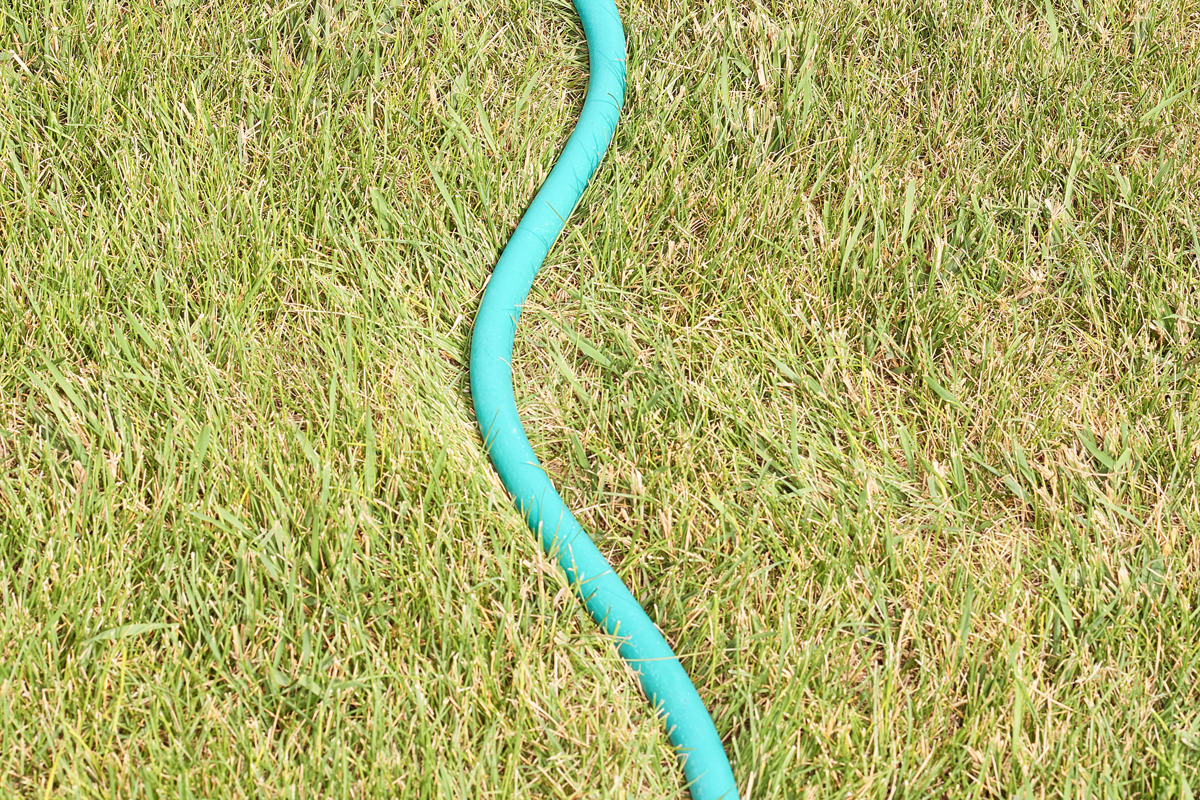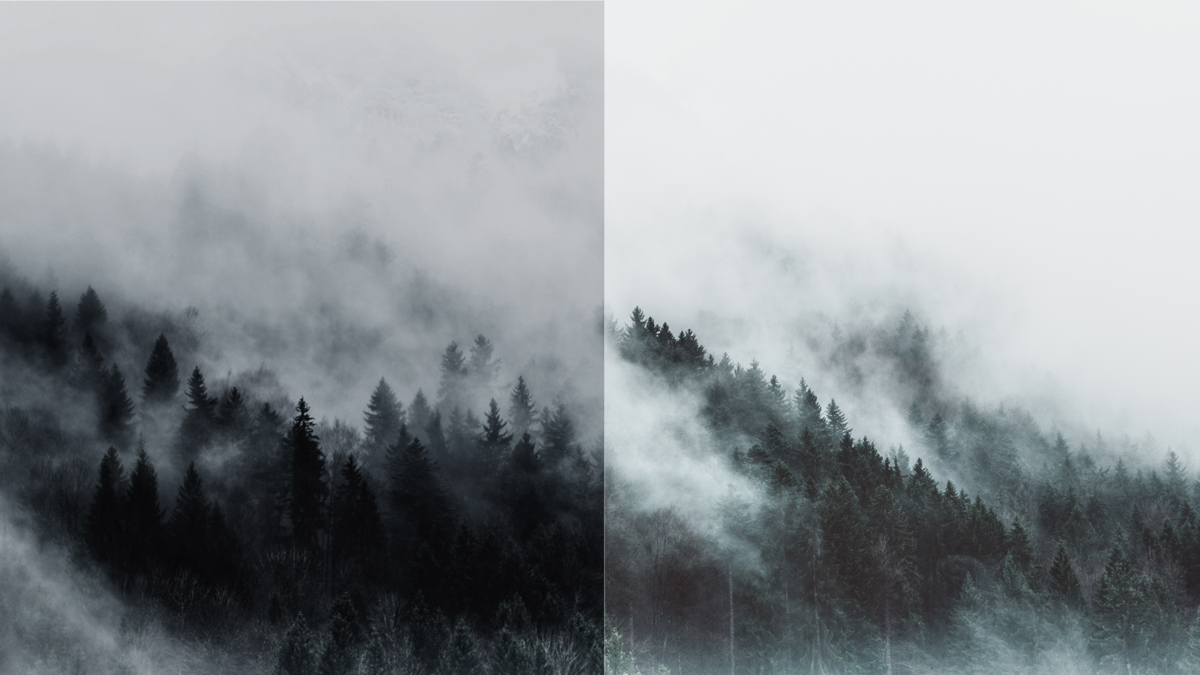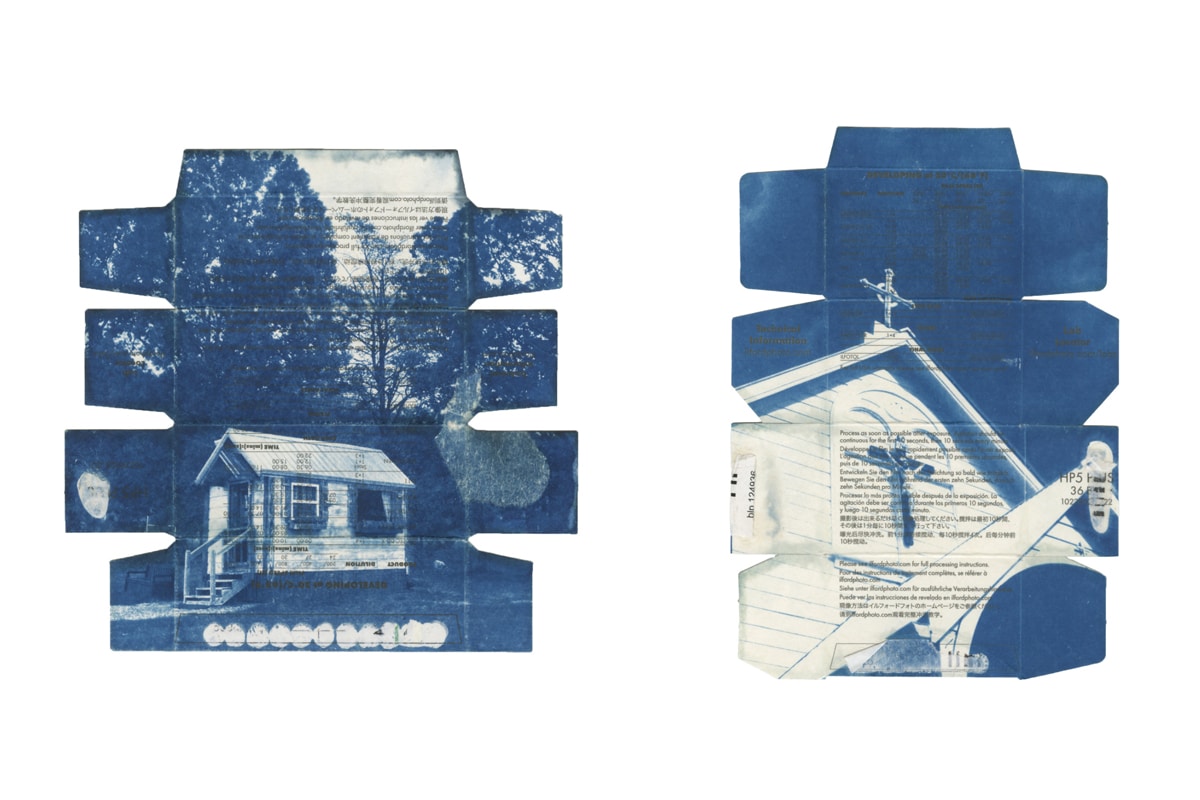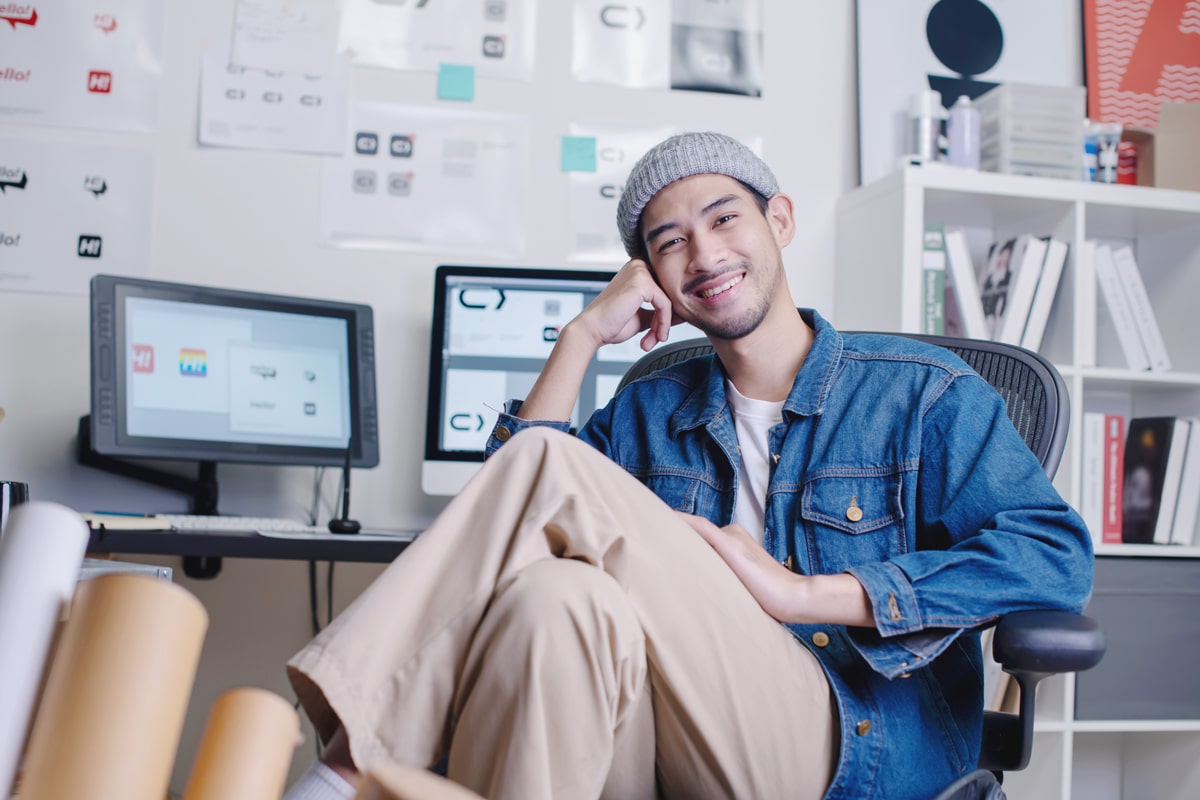It was Joe Simpson’s dream come true. He had two beautiful daughters and turned them into superstars. They become household names with chart-topping songs, blockbuster films and a billion-dollar fashion empire. His oldest daughter Jessica even remained a virgin until Nick Lachey put a ring on it. What more could a father want?
But if you’re Joe Simpson, you might be left wondering about your own legacy. After his divorce in 2012, his therapist suggested that he reconnect with a hobby from his pre-marriage days.
“Well, hell, I was 20. I didn’t do anything except photography,” Simpson said. “My therapist told me, ‘Well, go back and start shooting again.’ It was a lifesaver.”
Over his lifetime, Simpson has worked a minister, psychologist, wedding photographer, celebrity agent and talent manager. He created Ashlee and Jessica Simpson, and now he’s stepping out of their shadow to start a new career as a photographer at 58 years old.
This May, he had his first solo gallery show at Bruce Lurie Gallery in Los Angeles. The show, titled Dreams Work, was full of metallic pop fashion photographs that capture a certain Hollywood vibe, to say the least. His Instagram (@papajoesimpson) features more of his Photoshopped work with a focus on angel-faced male models.
Right before boarding a plane to Las Vegas, we called Simpson to ask him about his influences, future projects, the Simpson family secret for productivity and the difficulties of forging your own identity when you have two famous daughters.
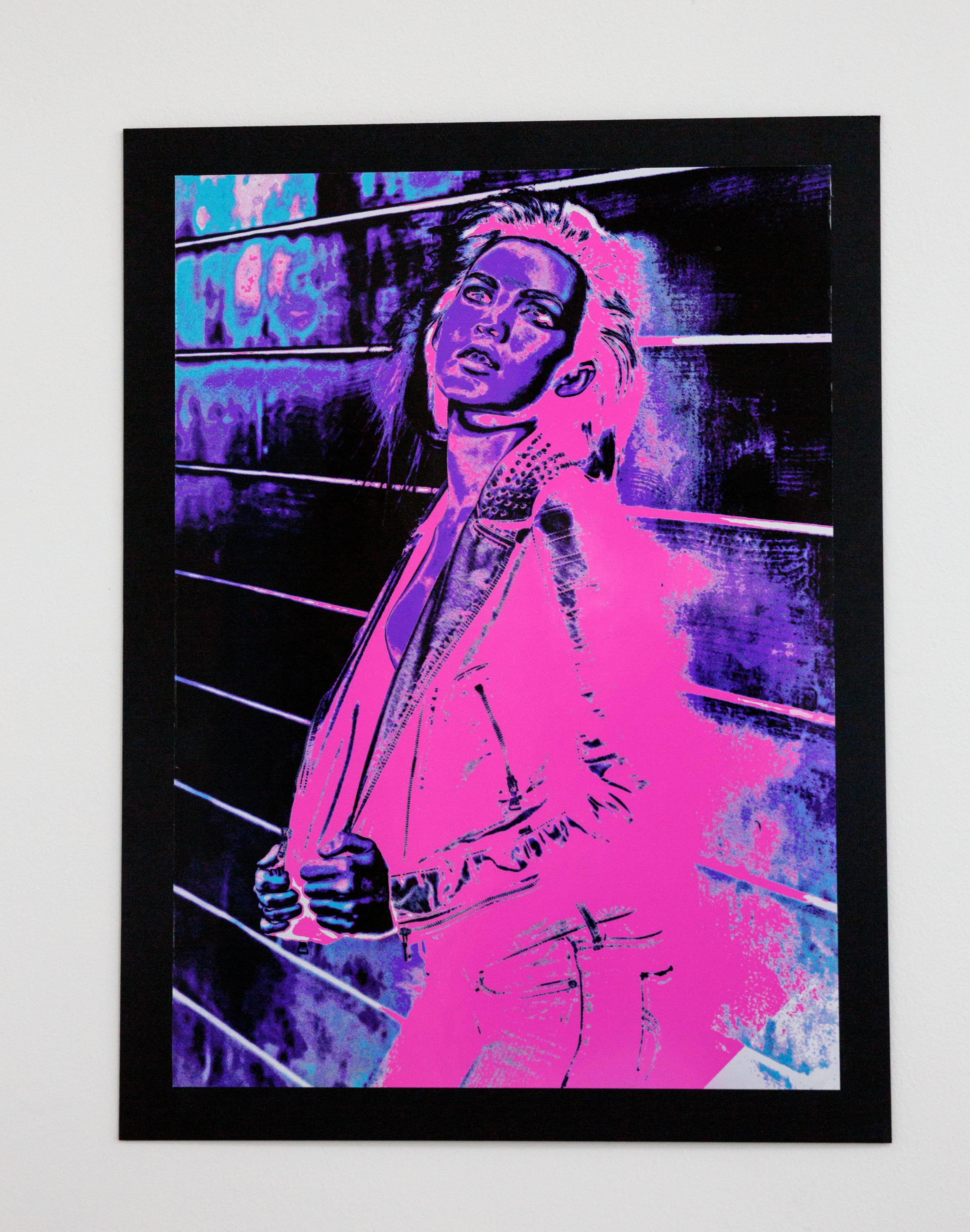
Format: Hi Joe! I wanted to start off by asking about your show at Bruce Lurie Gallery in May. How did it go?
Joe Simpson: It was wonderful. I was fearful because I’m used to representing other people, so it was really the first time I was doing something for me. I was a little nervous, but it went well.
It can be scary to show your work to the world like that.
Yeah, totally. When I was a talent manager, I could just blame the artist and say, ‘They had a bad day, they didn’t feel well.’ When it’s your stuff, you don’t have any excuses.
Absolutely. How long did it take you to make the work for that show? When did you start producing it?
You know, I’ve been shooting my whole life, but I started shooting fashion about three and a half years ago. I got bored with just fashion and I started working on art, as part of fashion photography. I grew up very poor so my mother always had us doing some art project. I love art. I was an art history minor in college.
What drew you to fashion photography?
I worked my way through college doing wedding photography. I worked in a lab, in the old days of film. Because of my daughters [Ashlee and Jessica Simpson], I’ve got to be on set with every great photographer in the world.
Was it difficult to do the transition from film photography to working with digital and post-production? Looks like you’re using a lot of Photoshop.
Well, the weird thing is, I never really learned Photoshop, but I was running an ad company that did billboards for movies, so all my artists were Photoshop geniuses, and I was like, “Guys, you’ve got to teach me this.” They started teaching me Photoshop, and because I was shooting, I needed to be able to edit, so they taught me all the tricks. They were my teachers and my mentors.
When you’re editing your work, do you have an intention for what you want it to look like, or are you playing around with it to see like what happens?
Some combinations of both. I always loved Andy Warhol. He was like my mentor for my photography. He took polaroids and made his art, and so my work is taking a fashion shot that I intended for pure fashion and then making art out of it. I really fell in love with metal gradients and what they would do to colors—how they would make colors pop. I wanted to see what could happen with metal. Even the photographs are printed on metal photography paper—instead of the colors seeping into the paper like a fine art paper, they really sit up on top so the colors really pop out.
When you were managing Jessica and Ashlee, you saw famous photographers at work. Did you learn anything specific? Any tricks or tips or things they did that you brought into your practice later?
In both regular art and photography art, it’s all about life. When you study life, and what reflection of life does, and how it’s shaped art—you have to know if you’re oil painting, what’s the direction of the light and how does that affect body shape and how does that affect everything going on in the room? You pay close attention to how light works. I saw how the best photographers light their subjects. What do they use? What do they not use? Did they care?
Gilles Bensimon was probably my favorite photographers that I’ve worked with. He was one of the co-creators of Elle Magazine. He was married to Elle Macpherson. He told me what he was looking for and how he was shooting, and he would always let me shoot over his shoulder, so we’ve probably done ten covers with him. He was always a great teacher.
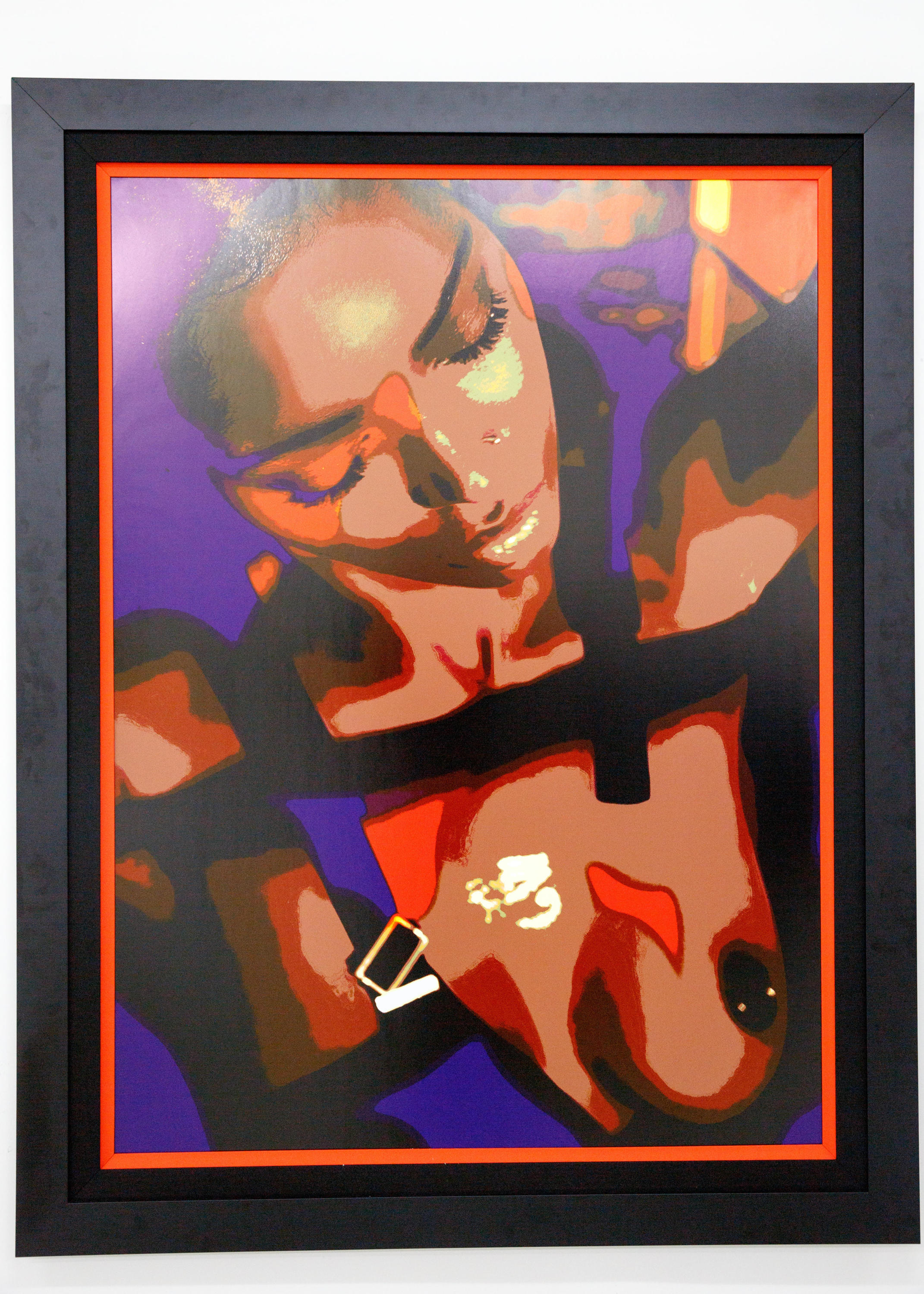
It seems like a big part of fashion photography is interacting with the model—making them feel comfortable and so you can really get the best out of them. Do you think that’s true?
In my first life, I was a therapist. I worked with kids who’d been abused, and I really love working with adolescents—which is the hardest part of therapy, because they never go willingly to therapy. I think that every part of photography is therapy for me. Every part is allowing them to trust me as a photographer, to trust me to pose them, to trust me to say, ‘Here’s what I’m seeing in the lens. You may not know it, but here’s what I’m seeing, and here’s why I want you to turn your head. Here’s why I want to twist your body.’
From the first time you shoot an artist, through the fourth or fifth setup, the trust builds. By the time you’re done, if you’ve done your job well, you’ve created more than just a subject. You’ve created a friend. Then they trust me to do anything, you know, they trust in us.
Unlike a lot of artists, I’m not here to take advantage of you. I don’t want to do anything other than make you look the best you can. And so there’s a lot of talking, a lot of therapy, a lot of ‘Here’s why I want you to do that.’ If the subject doesn’t know why, it’s hard for them to conceptually do it, but if they understand what I’m doing and why, I get it out of them much easier.
I even love working with new models because they’re wide-eyed and green and they want to give you the best. They just don’t know how. And I have to teach them. I really walk through teaching them. It’s different than working with TV or music. In TV and music, you’ve got words that bring expressions from your face, and in photography I don’t have any of that. So all I’ve got is what can I do to get that big expression, that level, that body shape that makes someone want to look at it.
I really go up to them and say, ‘We’re not doing family photos. We’re not doing ‘Say cheese’. You know, we already know, you look pretty. You’ve got to give me more than that, or I’m going to be bored.’
Speaking of family photos, how was it shooting your daughters? Was that easy? Was that difficult? They’re obviously pros.
Oh, they are so pros. I’ve got them in our piece. It was just easy shooting because we already have trust. We already have that built-in, so I didn’t have to go back and get that. It’s pretty simple, just shoot. But for the artwork, it was different because I’ve shot them this way. I’ve shot them a thousand times but I’ve never shot them as an official fashion photographer, so it was cool, a great gift for them to give to their old man.
Your family is so amazing based on productivity alone. Y’all work hard. Do you have any tips for productivity and kicking yourself in the butt and getting out there and doing stuff? What’s the Simpson family secret?
The reason I called my gallery show Dreams Work is because that’s how I’ve lived my life. I’m the dreamer. The Bible says, ‘Without dreams men perish.’ And I think that when you stop dreaming, you’re done. That’s why so many people when they retire, they end up dying shortly after because their brains are done. I don’t think it’s ever too late to dream. The only tattoo I have says ‘Dreams work.’ I believe that they work, but you have to work to dream. They don’t just like happen. You have to kick your ass and suck it up and work.
That’s the hard part for a lot of people.
Yeah, well, at 58 I’m a beginner, and I’m ok with that. I’m a learner and I learn every time I shoot.
What’s on deck for your photography?
I have six shoots coming up. It looks like I’m going to start working a little bit with Tom Ford, and I’m going to start working with some other major brands. All I can say is ‘We’ll see.’ It doesn’t happen till it happens, but they’re at least interested and want to talk, so I’m excited. It never ends. I’ve got a show in New York in Andy Warhol’s last studio in Soho, so I’m excited about that. It’s New York’s turn to see my work.
Your first show was a real star-studded event. Most photographers don’t get celebrities attending their first show. I saw Donald Faison in a photo.
It was a blessing. It was a blessing that people who know me attended—even if they came to say, “Is this going to be a joke or could it be real?” To have them walk away going, “This is really surprisingly good, Joe.” That was great.
Who said that?
Tom Everhart, who painted the Peanuts comic strips. I want to be respected more than I want to make money. I want to be respected for my art, not, “Oh, yeah, yeah, well, look at him. He gets to go do another show because he’s Jessica Simpson and Ashlee Simpson’s father.” I want them to respect the fact that, hey, I’m doing it.
For many parents, a big part of their identity is their kids. Everything is about your kids and then you might have to ask yourself, ‘Who am I without being a father first?’ You have an extreme example of that because you’re Ashlee and Jessica’s father. What has the process been like to differentiate yourself from your daughters and forge an identity through your own art?
In Hollywood everyone has an objective. I’ve had many objectives, but the greatest objective is to be called Joe Simpson, period. That’s a great compliment. When people ask me about my byline I say, ‘Joe Simpson, period.’ I really was a human before I became the father of my children, so I think it’s just to me a great compliment to be just Joe Simpson.
